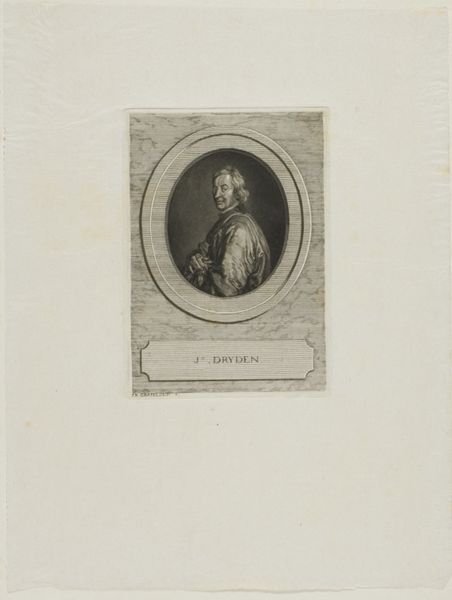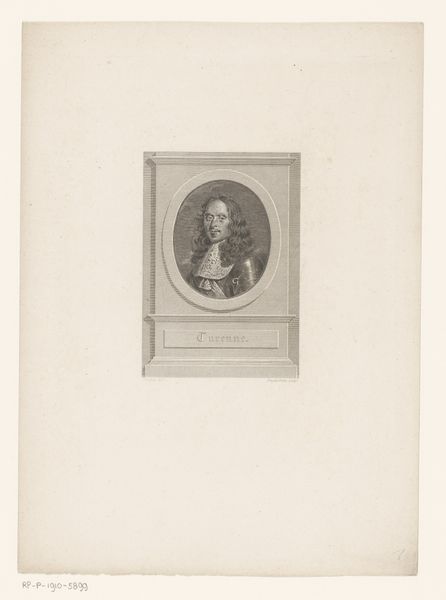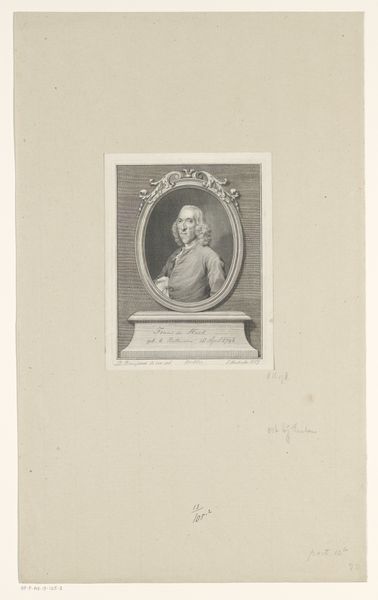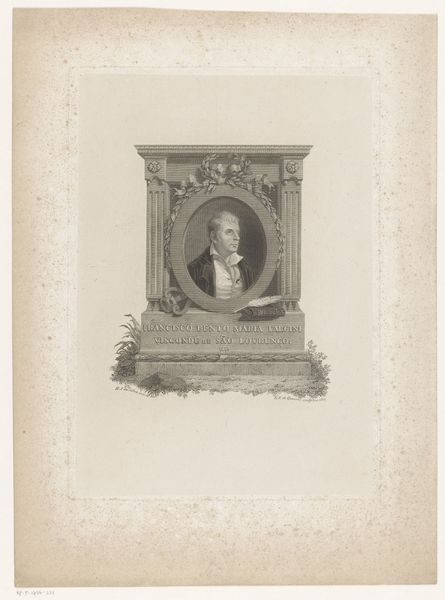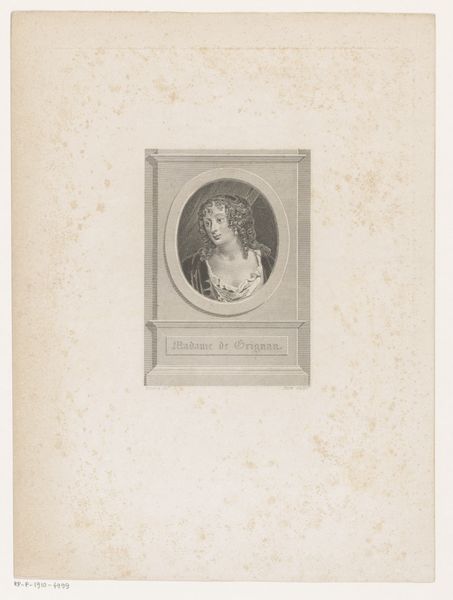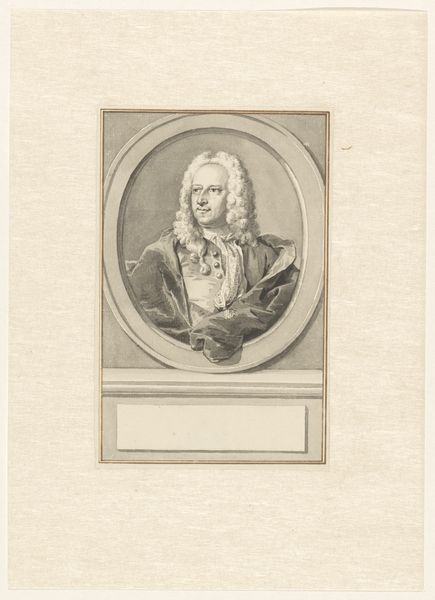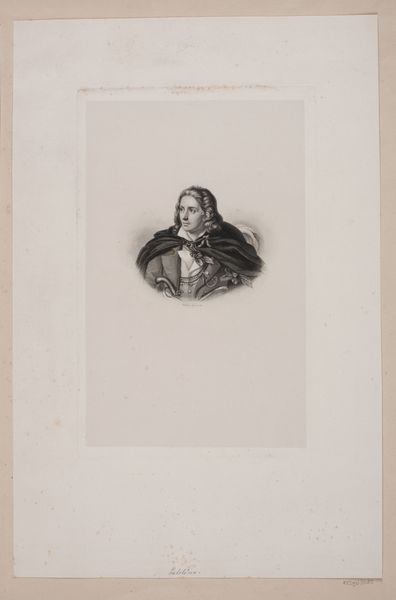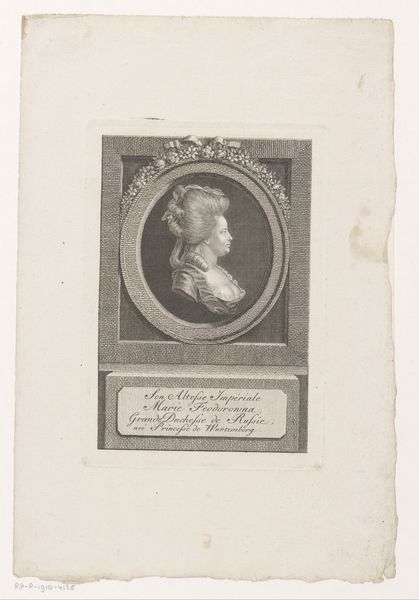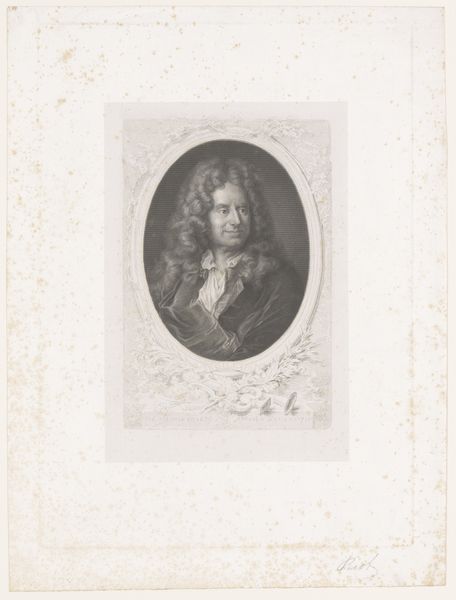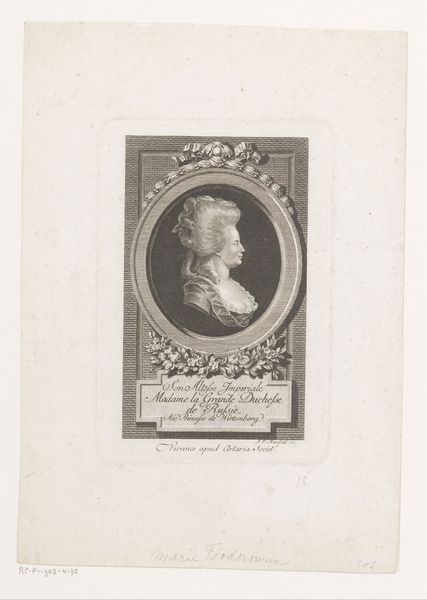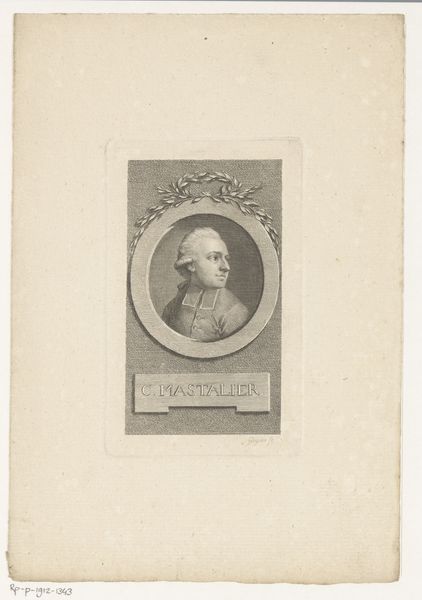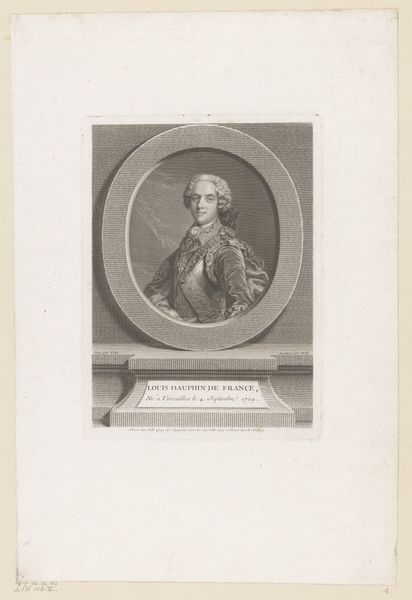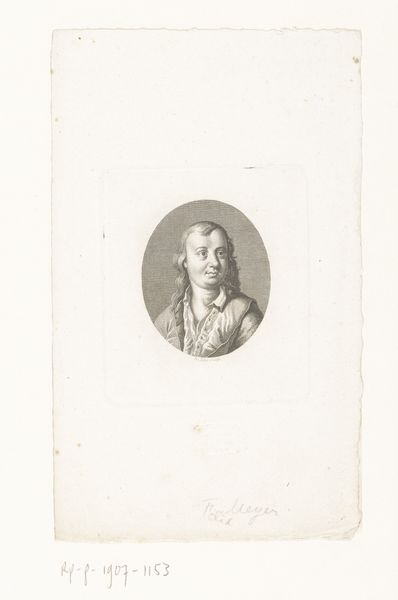
print, paper, engraving
#
portrait
#
neoclacissism
# print
#
paper
#
engraving
#
realism
Dimensions: height 243 mm, width 182 mm
Copyright: Rijks Museum: Open Domain
Curator: Before us we have an engraving entitled "Portret van Jacques-Bénigne Bossuet" made sometime between 1820 and 1826 by Achille Désiré Lefèvre. The medium is listed as print and paper, specifically using the engraving technique. It strikes me as a testament to Neoclassical printmaking. Editor: Immediately I’m struck by the severe, almost unforgiving gaze. He exudes authority and… perhaps a hint of melancholy? The cross on his chest is heavy with significance. What can you tell me about Bossuet himself? Curator: Bossuet was a French bishop and theologian, famed for his sermons and writings. His image was likely reproduced for wide distribution as a symbol of religious authority and intellectual rigor within that cultural milieu. The paper support and the engraved line become tools for propagating an ideology. Editor: I notice the subtle theatrical drape in the background, just behind his head. It reminds me of the way religious figures are often depicted in painted portraits—as though the earthly realm is constantly framed by the divine. It makes me wonder about the cultural weight of such images. Curator: That curtain, along with the clean, clear lines of the Neoclassical style, serves to elevate the figure, emphasizing the virtue and supposed "objectivity" inherent in Enlightenment thought. The engraving process itself, reliant on precise technical skill, reinforces this sense of control and order. Editor: The print really does have an aura. Despite its formal, restrained qualities, I think I sense genuine human emotion flickering there in his eyes—a weariness perhaps, or a deep spiritual burden. Symbols truly offer layers. Curator: I would also highlight the accessibility that the print medium afforded; this wasn't an oil painting only accessible to the elite. Consider how prints circulated, informing the public, shaping perceptions. Lefèvre's craftsmanship offered, and still offers, an insight into social mobility. Editor: It’s a thought-provoking image on many levels. The artistry here carries echoes of the past, reminding us how symbols shape our understanding and the legacies they create. Curator: Exactly. From the labor of the engraver to the symbolism embodied in the figure, it offers valuable insight into the values and structures of that historical moment.
Comments
No comments
Be the first to comment and join the conversation on the ultimate creative platform.
